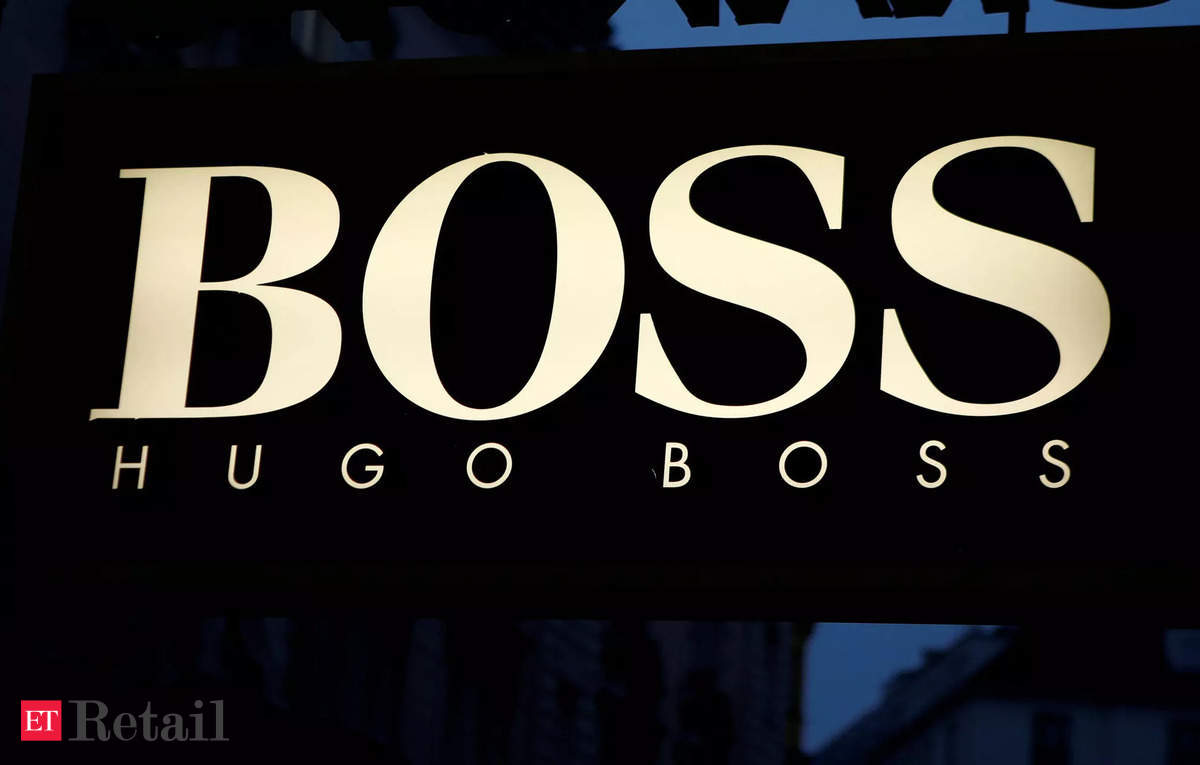Introduction:
Despite weaker U.S. sentiment, Hugo Boss continues to thrive. This is no small feat considering that the fashion industry is notoriously volatile. But what are they doing right? In this blog post, we’ll explore how Hugo Boss is navigating the choppy waters of shifting consumer demand to maintain their place as a major player in the fashion world.
Investing in Online Presence
Hugo Boss has long been known as a luxury brand with a strong retail presence. However, in recent years they’ve made a concerted effort to build up their online presence to better cater to the changing preferences of consumers. They’ve invested heavily in their e-commerce capabilities, making it easy and convenient for customers to shop online. Additionally, they’ve upped their social media game, regularly engaging with their fanbase and carefully curating their image across multiple platforms.
Diversifying Product Offerings
Another way Hugo Boss is adapting to shifting consumer demand is by diversifying their product offerings. While they continue to sell high-end menswear, they’ve also expanded into sportswear and casual wear, appealing to a wider range of customers. By not limiting themselves to just one niche, they’re able to stay relevant in a rapidly changing fashion landscape.
Focus on Sustainability
In recent years, consumers have increasingly become conscious of their impact on the environment, and as a result, they’re looking for brands that prioritize sustainability. Hugo Boss is no exception. They’ve committed to becoming a more sustainable brand, by using eco-friendly materials and reducing their carbon footprint. This move not only helps the environment but also appeals to a growing demographic of consumers who prioritize sustainability when making purchasing decisions.
International Expansion
Lastly, Hugo Boss has been capitalizing on markets outside of the U.S., offsetting any losses they may be experiencing domestically. They’ve made a concerted effort to expand their reach globally, particularly in Asia and the Middle East. This has enabled them to access a wider range of customers that they may not have been able to reach before.

Conclusion:
Hugo Boss has been able to thrive in spite of weaker U.S. sentiment by investing in their online presence, diversifying their product offerings, prioritizing sustainability, and expanding their reach internationally. These strategies have enabled them to remain relevant in a highly competitive industry and appeal to a wider range of customers. As Hugo Boss continues to adapt to changing consumer preferences, they’ll no doubt remain a major player in the fashion world for years to come.